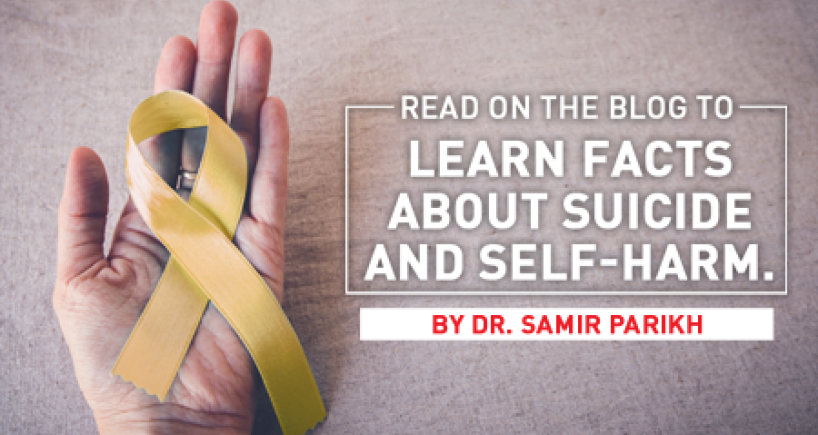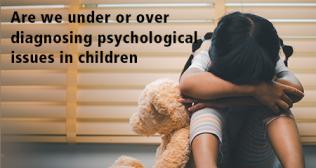
World Suicide Prevention Day

The word ‘suicide’ is often surrounded by stigma, which further leads to a hesitation in talking about it. At the same time, hearing about the mention of the word often tends to evoke in us many powerful images, emotions and even judgments. Therefore, on the occasion of World Suicide Prevention Day, it becomes important to ensure we clarify common myths and misconceptions associated with suicide and self-harm, and at the same time also think about the need of the hour to prevent such incidents in the future.
A Glimpse at the Facts and Figures
Suicide is the third leading cause of death among teenagers worldwide and this trend continues to rise even today (WHO, 2002). In fact, the findings of a WHO study in 2012 report that 75% of global suicide occurred in low- and middle-income countries, with suicide accounting for 1.4% of all deaths worldwide, making it the 15th leading cause of death. Suicide occurs throughout the lifespan and was the second leading cause of death among 15-29 year olds globally in 2012. Moreover, it is estimated by the Centres for Disease Control and Prevention (CDC) that at least 25 attempts are made for every completed teen suicide.
Understanding Suicide and Busting Myths
First and foremost, it is important to recognize that, contrary to popular opinion, suicide is not an impulsive decision that happens on the spur of the moment. In fact, more often than not, it is a well thought out decision, which means that there could be many clear warning signs of people who might be contemplating suicide. Therefore, by spreading adequate awareness it is actually possible to ensure a timely identification of individuals contemplating suicide and this in itself can be a significant step towards the preventions of such incidents.
Further, a complete understanding of such a phenomenon is necessary in order to ensure the de-stigmatization of suicide and to fight against the hesitation clouding the reporting of such incidents. If you suspect a person of considering suicide, you should not hesitate to talk about it. This will not plant the idea in the person’s head. On the contrary, the person is most likely considering suicide as a last resort. But if you talk about it, you could help the person realize that there could be an alternative available. Instead of overlooking these signs as attention seeking tactics, or not taking them seriously, it is important to be vigilant to these signs, and to know how to respond to them.
Need of the Hour – Prevention Policy
It is important for us to realize that suicide is preventable. Therefore, creating awareness and educating people about the signs that could be indicative of some distress being experienced by the individuals who might be contemplating suicide is imperative. An adequate peer support and social network system, family support, school as well as community connectedness could serve as major factors in lessening the risk of suicides, as people get a chance to openly talk about any mental or health problems that they are going through. It is necessary to spread awareness about accessibility as well as referrals to appropriate professional help of counselors and psychiatrists.
In fact, considering the high prevalence of suicide amongst the youth, the promotion of active social skills training is a major step that needs to be encouraged in order to help children and adolescents develop healthier coping mechanisms to deal with their internal conflicts and mental health problems, if any. Such policies are a must especially for school children and teenagers. Efforts should be made to focus on building trust and rapport with them, so as to enable an atmosphere of open communication, encouraging the reporting and sharing of their innermost feelings easily. Parent and community awareness programs need to be created to encourage parental notification and involvement. Forming a multi-component model for awareness building, preventive strategies as well as training for adequate intervention-based approaches for parents, teachers, as well as students are essential. Further, there is a dire need for the establishment of a student assistance/helpline program to identify risk factors for suicide, and the implementation of a prevention policy to promote adolescents’ resilience and healthy socio-emotional development.
Categories
Clear allMeet the doctor

- Mental Health and Behavioural Sciences | Mental Health and Behavioural Sciences | Psychiatry | Clinical Psychology
-
21 Years
-
900



















